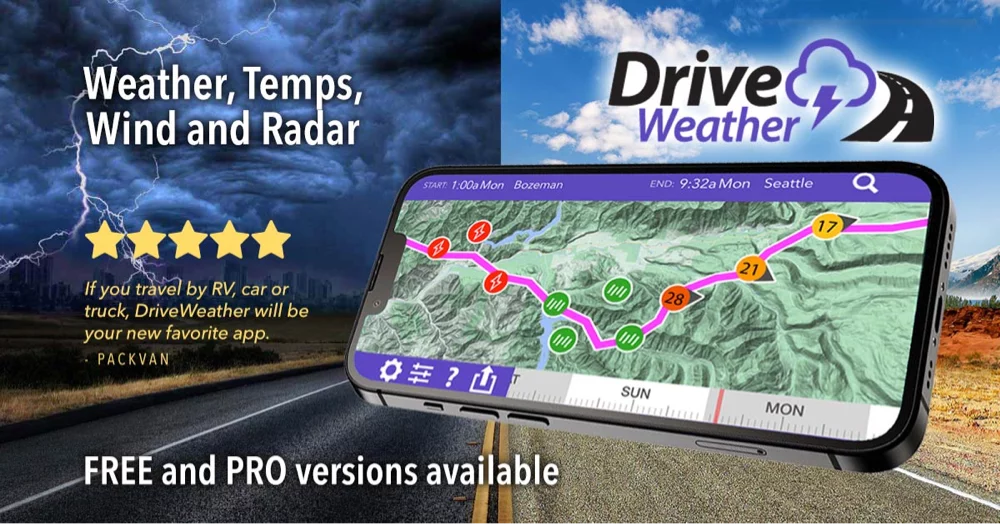I-80 (Interstate 80) Road Conditions
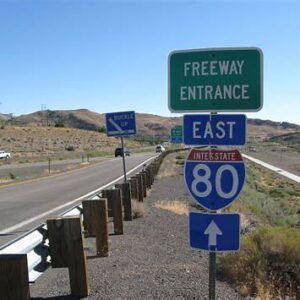
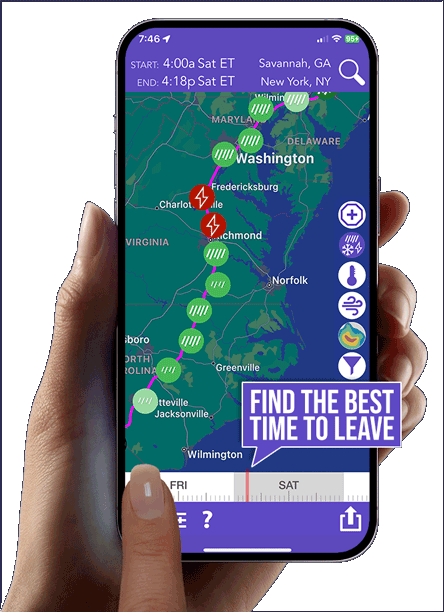
I-80 State Weather Links
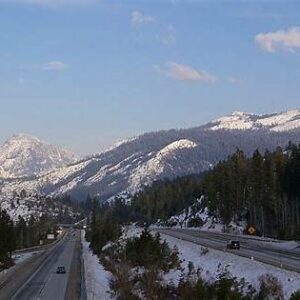
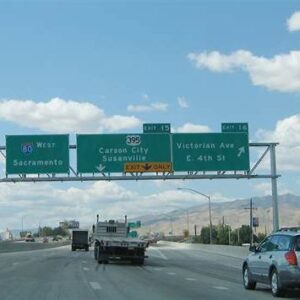
I-80 Road Conditions for December 24, 2025
Corridor summary: Active construction impacting I-80 today is listed below. For additional real-time ramp closure and work-zone details by state, use the official DOT/511 links in each section.
- Wyoming: I-80 eastbound mileposts 141–149 (between Patrick Draw and Wamsutter) — milling, paving, bridge rehab, rest area resurfacing, traffic control and miscellaneous work; expect construction congestion with slower speeds and delays. WYDOT I-80 route details
I-80 California Road Conditions
Official sources: Caltrans QuickMap · Caltrans Road Conditions
I-80 Nevada Road Conditions
Official source: Nevada 511 (NVRoads)
I-80 Utah Road Conditions
Official source: UDOT Traffic / Utah 511
I-80 Wyoming Road Conditions
Official source: WYDOT 511 — I-80 Route Results
- Construction: I-80 eastbound MP 141–149 (between Patrick Draw and Wamsutter) — milling, paving, bridge rehab, rest area resurfacing, traffic control and miscellaneous work; expect delays.
I-80 Nebraska Road Conditions
Official source: Nebraska 511 — I-80 view
I-80 Iowa Road Conditions
Official source: Iowa 511
I-80 Illinois Road Conditions
Official sources: GettingAroundIllinois (IDOT) · Illinois 511
I-80 Indiana Road Conditions
Official source: Indiana 511
I-80 Ohio Road Conditions
Official source: OHGO (Ohio DOT)
I-80 Pennsylvania Road Conditions
Official source: 511PA
I-80 New Jersey Road Conditions
Official source: 511NJ
I-80 Road Conditions Overview
In the western mountain states on I-80 (CA, NV, UT, WY), winter brings heavy snowfall, chain/traction requirements, high-wind restrictions, and occasional multi-day closures—especially over Sierra Nevada passes, the Bonneville Salt Flats, Parley’s Canyon, and the Continental Divide. On I-80 in the Great Plains (NE, IA), blizzards and drifting snow can trigger short-term closures or “travel not advised” alerts, but the flat terrain lets plows clear the road quickly.
In the Midwest (IL, IN, OH), lake-effect snow and ice storms may cause brief whiteouts or crash-related stoppages, yet dense populations ensure fast reopenings. In the Northeast (PA, NJ), forested highlands and sudden snow squalls can lead to pileups and occasional shutdowns, while heavy commuter traffic around Philadelphia and New York keeps speeds down year-round.
Regional Hazards Along I-80
Nearly 2,900 miles coast-to-coast through 11 states
Mountain West:
Heavy winter snow (e.g. Donner Summit averages 30 ft/year)
Temporary closures or chain requirements
High Plains (WY, NE):
Blizzard conditions, fierce crosswinds
Ground blizzards and whiteouts
Great Lakes Corridor (IN, OH, PA):
Sudden lake-effect snow squalls
Visibility can drop to near zero
Midwest Summers:
Severe thunderstorms with heavy rain, hail, occasional tornadoes
These regional hazards highlight how wildly conditions can change along I-80. From deep snowpack in the Sierra Nevada to blizzard-driven whiteouts on the high plains, each segment demands awareness of its local perils. Summer storms in the Midwest add another layer of unpredictability, making I-80 a corridor of many faces.
I-80 Mountain Passes and Rock-Slide Areas
Crosses several high passes: Donner Summit (CA), Parley’s Summit (UT), Wyoming plateaus, Pennsylvania highlands
Winter challenges: steep climbs, icy surfaces, chain controls
Year-round risks: fog, high-wind gusts
Rock/mudslides: hillside cuts can block lanes after rain or freeze-thaw
Mountain segments of I-80 pack in elevation changes and geological hazards. Steep grades and narrow canyons make these stretches prone to snow buildup and sudden rockfalls. Even in summer, fog or gusty winds can catch drivers off-guard, underscoring the need for vigilance on these high-altitude sections.




